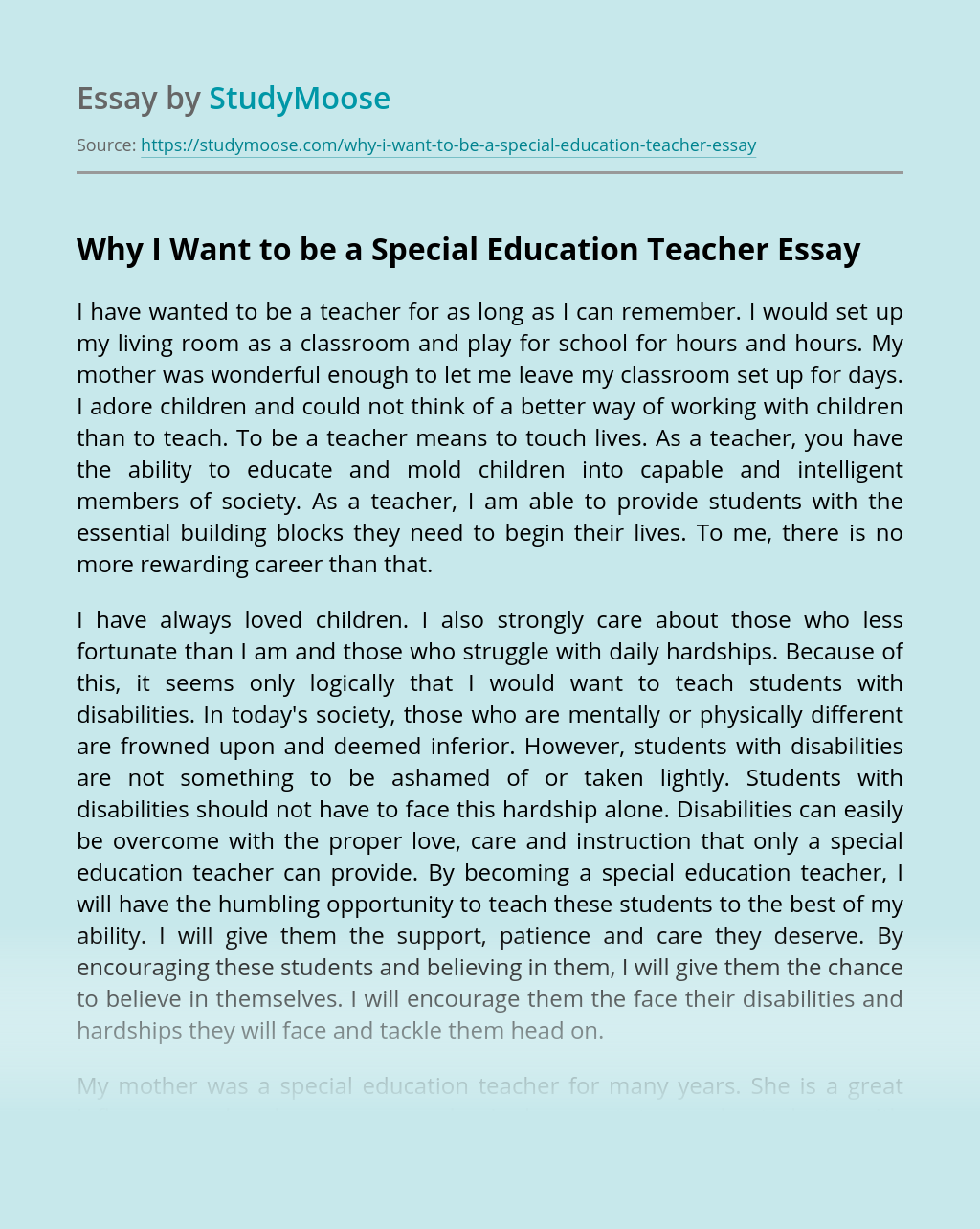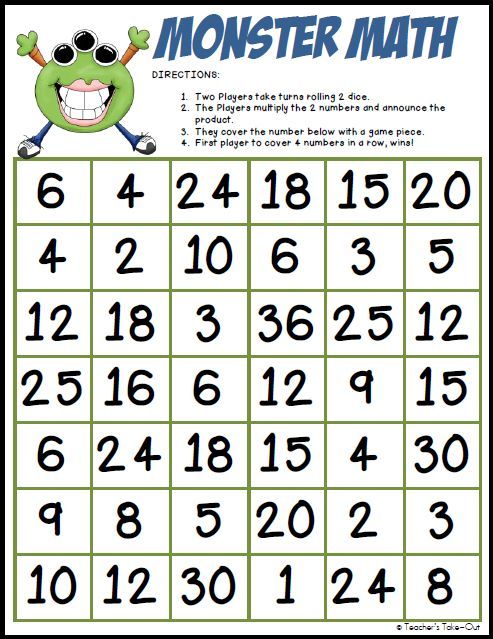
There are many scholarships available in Maryland for Maryland residents looking to attend college or students from other states looking to study here. There are two kinds of Maryland scholarships available: merit-based and need-based. These scholarships are based upon a range of factors such academic achievements, financial need, and other extracurricular activities.
Students who have been impacted from the criminal justice systems are eligible for the HOPE scholarships program. You will need to apply and show proof of financial need. They must have at least 2.5 GPA and demonstrate a willingness to pursue a career as social workers.
The Teaching Fellows of Maryland Scholarship is offered to students who commit to teaching in public prekindergarten schools. Students are required to submit an essay about their commitment in teaching. This scholarship is open to students in high school, undergraduates, as well graduate students.

Association of School Business Officials of Maryland awards scholarships to students who have participated in school's student club. These scholarships will be offered to students who have been accepted to a four year college or university. The applicants will need to submit letters and academic transcripts. The Maryland Senatorial Scholarship can be awarded to undergraduate and high school students. Part-time and full-time students are both possible.
Maryland Higher Education Commission offers several scholarships. These scholarships may be renewed or re-applied. The Howard P. Rawlings Educational Assistance Grant award is determined by a student's academic achievements and extracurricular activities. Also, standardized test scores are considered. In addition, students can receive a Workforce Shortage Student Assistance Grant if they are enrolled in a graduate degree program or a nursing program.
Another scholarship is the Letitia B. Carter Scholarship. This scholarship is available to those who are interested in the hospitality sector. Maryland residents may apply for the scholarship.
The Education Scholarship Foundation offers several scholarships, each worth $1,000. The applicant must be enrolled in a college or trade school within the next semester. Applicants must also have been accepted into a Maryland postsecondary program.

A Maryland resident is eligible to be awarded the Chesapeake Bay Trust student of the year. The Chesapeake Bay Trust Student of the Year award is given to a student for academic excellence and extracurricular activities. The award is equal in value to the tuition and fees required for a Maryland nursing degree.
The Banneker/Key Scholarship is offered to students who are the top one percent of incoming freshmen at the University of Maryland. Along with academic achievements, students also get evaluated on their extracurricular activities as well as awards, essays, and other accomplishments. Finalists can also be interviewed.
For Maryland scholarships, contact the scholarship or admissions office at the school you want to attend. You can also find scholarship opportunities online.
FAQ
What are some ways to get scholarships?
Scholarships are grants awarded to help pay for college expenses. There are many types available in scholarships. These are:
-
Federal Grants
-
State Grants
-
Student Loans
-
Programs for Work Study
-
Financial Aid
Federal grants come directly from the U.S. government. Federal grants generally require that applicants meet certain criteria. You must, for example, demonstrate financial need.
Individual states offer state grants. These grants are not always based on financial need. Some states may offer them for specific reasons.
Banks and other lending agencies can provide student loans. Students are often able to borrow money for expenses such as tuition or living expenses.
Employers can use work-study programmes to attract qualified students. Employers must pay at least the minimum wage to their employees.
Financial aid is available to help low-income families pay for college. It covers all or most of the tuition costs.
What's the purpose of education and schooling?
Education should be able to help students acquire the skills needed for employment. It is not only an academic pursuit, but also a social activity in which children can learn from each other and gain confidence through participating in sports, music, or art. Education is about helping students think critically and creatively to become self-reliant and autonomous. What does it really mean to have high educational standards
High educational standards ensure that every pupil achieves their potential. They give teachers a clear vision of the goals they want to achieve with their pupils. Good education standards allow schools to be flexible enough for changing needs. Fair and equitable education standards must also be maintained: Every child is equal in terms of chance of success, regardless of his/her background.
How much does homeschooling cost?
There are no set fees for homeschooling. Some families charge between $0-$20 per lesson. Other families offer no-cost services.
It takes effort and dedication to homeschooling. Parents should be able to dedicate enough time to their children.
They also need to have access book, supplies, books, and other learning resources. Many homeschoolers need to access community programs and events to complement their curriculum.
Parents must consider the costs associated with transportation, tutors, and extracurricular activities.
Homeschoolers also need to plan for field trips, vacations and special occasions.
What is a trade school?
Trade schools can be an alternative for those who have not had success in traditional higher education to obtain a degree. They offer career-focused programs which prepare students to pursue specific careers. The programs offer two-year courses in one semester. Students then go on to a paid apprenticeship program, where they are trained in a specific job skill set and given practical training. Trade schools can be classified as vocational schools or technical colleges. Associate degrees are offered by some trade schools.
Statistics
- Data from the Department of Education reveal that, among 2008 college graduates, 92.8 percent of humanities majors have voted at least once since finishing school. (bostonreview.net)
- They are also 25% more likely to graduate from high school and have higher math and reading scores, with fewer behavioral problems,” according to research at the University of Tennessee. (habitatbroward.org)
- They are more likely to graduate high school (25%) and finish college (116%). (habitatbroward.org)
- “Children of homeowners are 116% more likely to graduate from college than children of renters of the same age, race, and income. (habitatbroward.org)
- Globally, in 2008, around 89% of children aged six to twelve were enrolled in primary education, and this proportion was rising. (en.wikipedia.org)
External Links
How To
what is vocational education?
Vocational Education is an educational system that prepares students for employment after high school or college by providing them training in specific skills needed for a particular job (such as welding). You can also get on-the job training through apprenticeship programs. Vocational education is distinct from general education as it focuses more on training individuals for specific jobs than on learning broad knowledge that can be used in the future. Vocational training is not designed to prepare individuals for university but rather to assist them in finding jobs upon graduation.
Vocational education could be offered at all levels, including primary schools, secondary school, colleges and universities, technical schools, trade schools as well community colleges, junior college, and four-year schools. You can also find specialized schools such a culinary arts school, nursing school, law school, medical schools or dental schools. Many of these schools offer both academic instruction and practical experiences.
Over the past decade, a number of countries have made substantial investments in vocational education. These include Australia, Denmark and Finland, Germany. The effectiveness of vocational training is still a controversial topic. Some critics argue that it does little to improve students' employability; others argue that it provides useful preparation for life after school.
The U.S. Bureau of Labor Statistics has estimated that 47% of American adults hold a postsecondary certificate or degree related to their current occupation. This percentage is higher among those with higher education. 71% percent of the 25-29 year olds with a bachelor's degree are currently working in fields that require postsecondary credentials.
In 2012, the BLS reported that nearly half of the nation's adult population had at least some form of postsecondary credential. Around one-third of Americans hold a two or four-year associate degree. One in five Americans holds a master’s degree or doctorate.
The median annual wage for individuals with a bachelor's in 2013 was $50,000. This was compared to $23,800 when they had no degree. For advanced degrees, the median annual wage was $81,300.
The median wage for those who didn't complete high school was $15,200. A person with a lower high school diploma earned $13,000 annually.